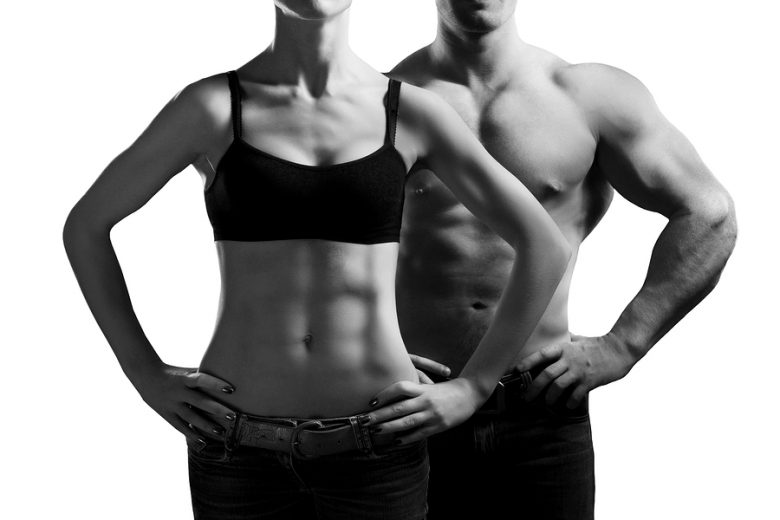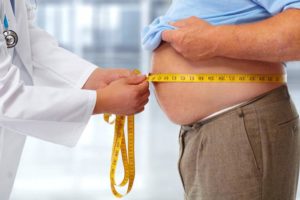This is a very subjective question to be honest. Physical fitness is ideally a person’s ability to perform tasks effectively and efficiently. It is a state of health and well being. Physical fitness can be achieved through a combination of good nutrition, moderate to vigorous physical exercise and sufficient rest.

There are many aspects that make up physical fitness. Being physically fit depends on the following components.
- Cardiorespiratory fitness
- Muscle strength
- Muscular endurance
- Body composition
- Flexibility
The summation of all these components is what can measure how physically fit a person is. Let’s go a little in detail into each of these.
No.1 – Cardiorespiratory Fitness
- Cardiorespiratory performance can be measured depending on how well you perform certain activities like swimming, jogging, cycling and activities that elevate your heart rate for a sustained period of time.
- Regular exercise increases your cardiorespiratory fitness. Just like any other muscle your heart muscle gets strengthened as well to pump more blood per heartbeat.
- Cardiorespiratory fitness has been found to reduce the risk of conditions like diabetes, stroke, lung cancer and heart-related diseases.
No.2 – Muscle Strength
- Muscle strength increases when a muscle is worked consistently and regularly. There are many ways to measure muscle strength. If you lift or push weights you’ll see that over a period of time your muscles get used to the weight. That’s your strength increased.
- Muscles are basically made up of elongated fibers. These fibers contract together to produce the so-called power stroke. The total force depends on the number of these units contracting in unison.
- To build muscle, the following criteria must be met
– Muscles should be regularly exercised
– The individual must take in enough protein.
No.3 – Muscular Endurance
- Muscular endurance is the ability of a muscle to continue exerting force without tiring. Strength training builds bigger muscles but endurance training does not.
- There are two types of muscle tissue
– Fast-twitch fibers: Muscles that contract quickly and get tired easier. These are the muscles used for sprints and explosive movements.
– Slow-twitch fibers: Muscles that are best for endurance work as these do not tire out easily. - A sprinter will have more fast-twitch fibers and a long distance runner will have more slow-twitch fibers. These are developed depending on the way the person trains.
No.4 – Body Composition
- It is the composition of muscle, bone, water and fat. An individual can potentially maintain the same weight but radically change the ratio of the components that make up the body.
- For example, people with high muscle ratio weigh more than those with the same height and waist circumference who have less muscle mass. Muscle weighs more than fat.
No.5 – Flexibility
- Flexibility is the range of motion across a joint. It’s specific to each joint and depends on a number of variables including tightness of ligaments and tendons.
- Your flexibility is increased by various activities all designed to stretch joints, ligaments and tendons.
– Dynamic stretching: is the ability to complete a full range of motion. It’s used in standard warming up exercises to ready the body for physical activity.
– Static active stretching: holding the body or part of a body in a stretched position and maintaining that position for a period of time. An example of this is splits.
– Ballistic stretching: used when the body is already warmed up and limber from exercise.
- There are a number of ways to improve flexibility. A daily stretching regimen can be the most simplest and efficient way of doing so.
Fitness means different to different people. The take home message is that regularly exercising will improve your physical fitness. The key is to stay consistent and everything will follow.




